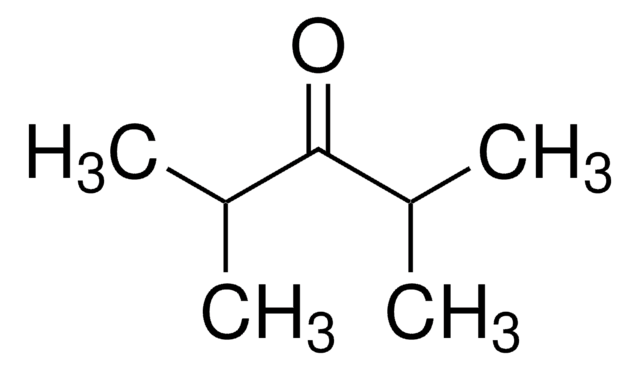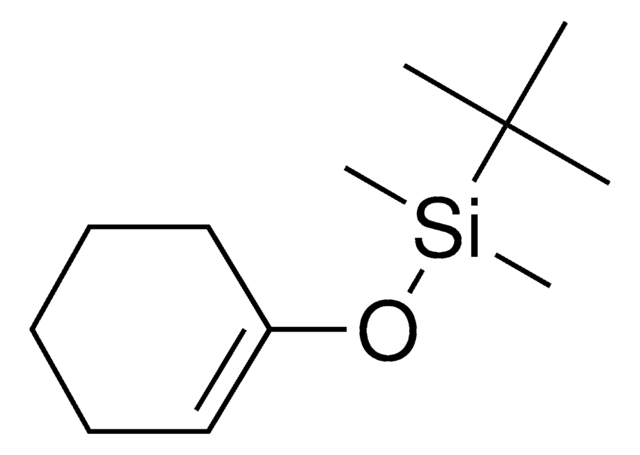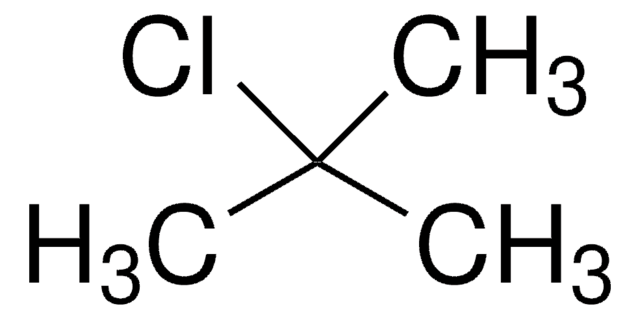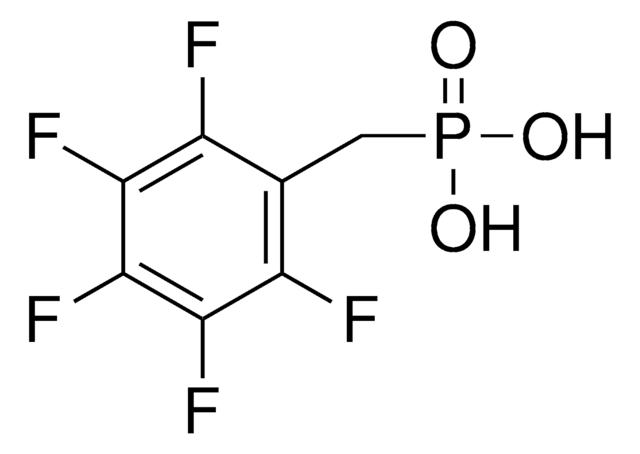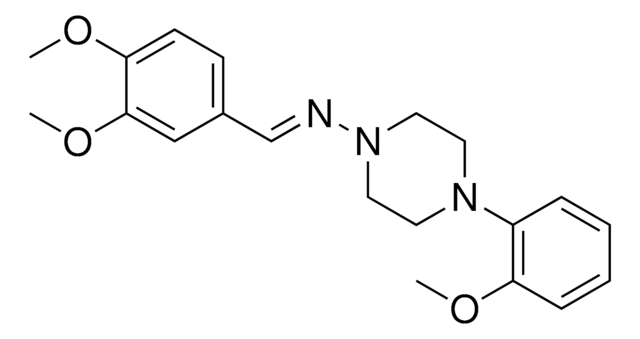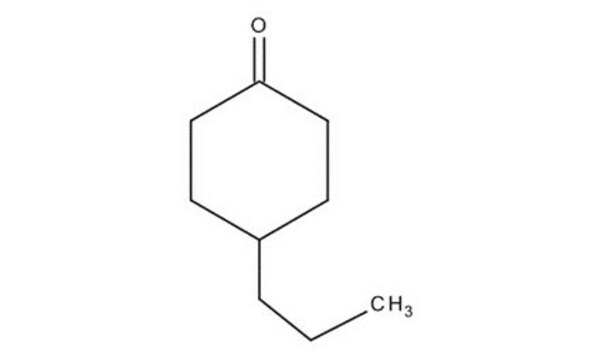793051
Specially Denatured Alcohol
200 proof, SDA 30, contains Methanol
Synonym(s):
Ethanol, SDA
About This Item
Recommended Products
form
liquid
contains
Methanol
concentration
200 proof
Tax and license information
Permit for use required
SMILES string
OCC
InChI
1S/C2H6O/c1-2-3/h3H,2H2,1H3
InChI key
LFQSCWFLJHTTHZ-UHFFFAOYSA-N
Looking for similar products? Visit Product Comparison Guide
Application
Packaging
5GA-PB is in a poly drum with flex spout.
3x5GA is in metal drum with flex spout.
3x5GA-PB is in a poly drum with flex spout.
55GA is in metal drum.
55GA-PB is in poly drum.
Components
9.10% (v/v) Methanol
Other Notes
To purchase Specially Denatured Alcohol, customers must possess an Industrial Alcohol User Permit from the Alcohol and Tobacco Tax and Trade Bureau (TTB).
- Permit must have customer signature and date of submission to Sigma-Aldrich in addition to the original signature and date.
- Permit must have word, "copy" handwritten or stamped.
- Permit number must contain correct state or US designation matching ship-to address.
- Permit address must match ship-to-address in Sigma-Aldrich system.
- Permit only needs to be provided on first order to sigma-aldrichproductscreening@sial.com.
- All orders require that a PO with the statement, "valid permit #####" be submitted to sigma-aldrichproductscreening@sial.com.
TTB Link
Signal Word
Danger
Hazard Statements
Precautionary Statements
Hazard Classifications
Acute Tox. 4 Oral - Eye Irrit. 2 - Flam. Liq. 2 - STOT SE 2
Target Organs
Eyes,Central nervous system
Storage Class Code
3 - Flammable liquids
WGK
WGK 2
Flash Point(F)
57.2 °F - closed cup
Flash Point(C)
14 °C - closed cup
Regulatory Listings
Regulatory Listings are mainly provided for chemical products. Only limited information can be provided here for non-chemical products. No entry means none of the components are listed. It is the user’s obligation to ensure the safe and legal use of the product.
FSL
Group 4: Flammable liquids
Alcohols
Hazardous rank II
ISHL Indicated Name
Substances Subject to be Indicated Names
ISHL Notified Names
Substances Subject to be Notified Names
JAN Code
793051-55GA-PB:
793051-5X5GA-PB:
793051-3X5GA-PB:
793051-5X5GA:
793051-55GA:
793051-3X5GA:
Choose from one of the most recent versions:
Certificates of Analysis (COA)
Don't see the Right Version?
If you require a particular version, you can look up a specific certificate by the Lot or Batch number.
Already Own This Product?
Find documentation for the products that you have recently purchased in the Document Library.
Our team of scientists has experience in all areas of research including Life Science, Material Science, Chemical Synthesis, Chromatography, Analytical and many others.
Contact Technical Service